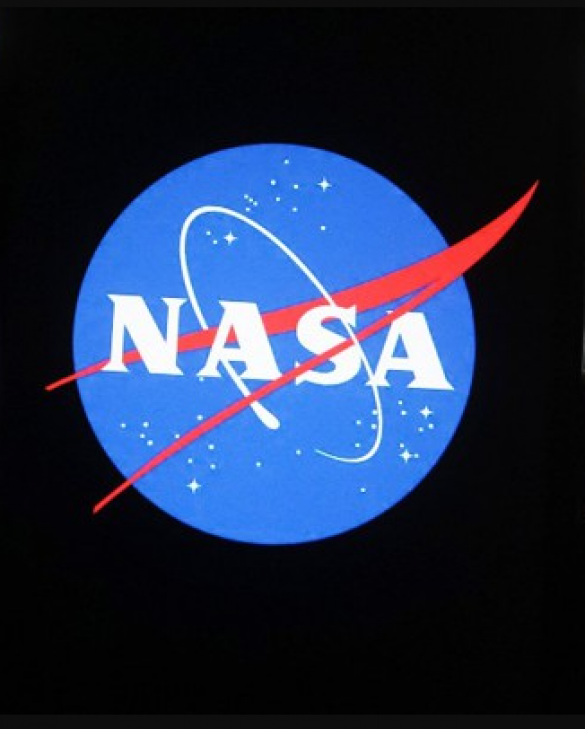
USA: On its 4 billion-mile journey, NASA's Lucy spacecraft now has a new asteroid target. The spacecraft's mission is to locate some "mysterious" Trojan asteroids that are believed to have come from the outer solar system.
Before that, though, the spacecraft will conduct a close-up examination of a small main-belt asteroid on Nov. 1 to test its ground-breaking asteroid-tracking navigation system.
From Earth, until the launch of the Lucy mission in October 2021, astronomers could only study Trojan asteroids. Lucy is the first spacecraft to closely examine these enigmatic cosmic rocks. The mission's 12-year tour of the Trojan asteroids will take it to nine asteroids, and is now the tenth on its ambitious itinerary.
Also Read: On ISS a UAE astronaut claims that fasting during Ramadan is not necessary
The Trojan asteroids have been trapped in Jupiter's orbit around the Sun due to gravitational attraction for billions of years as they orbit the Sun at the same distance as the giant planet.
Scientists think these space rocks may provide insight into the evolution of our solar system because they have been gravitationally stable for so long.
Also Read: The Apple Reality Pro AR/VR headset functions as shown below
First, Lucy was not supposed to take a close look at any asteroid until 2025, when VD57 was identified as a potential target in 1999. Asteroid 1999 VD57 will be the smallest main belt asteroid ever to be visited by the spacecraft, measuring only 700 metres. in shape. Its size is comparable with NASA's recent missions to near-Earth asteroids OSIRIS-REx and DART.
According to Raphael Marshall, a collaborator on Lucy's mission, who chose 1999 VD57 as a target, "I chose 500,000 asteroids with well-defined orbits to see if Lucy would get a good look at any of them." Whether or not traveling enough to get. distance."
As originally planned, Lucy's trajectory will bring it at least three times closer to the asteroid than the next closest, at 40,000 miles.
It's difficult to gauge how close a spacecraft is to the asteroid and exactly in which direction to point the cameras, which makes flyby missions more difficult than they first appear.
The team realized they could get a better look at asteroid 1999 VD57 and test the spacecraft's ground-breaking terminal tracking by adding a small maneuver.
According to Lucy principal investigator Hal Levison, in the past, most flyby missions took too many pictures of the area where the asteroid might be, resulting in low efficiency and lots of empty space.
Also Read: Nearly 50% off ASUS ZenBook Duo 14 on Amazon
According to NASA, Lucy will be "the first flyby mission to employ this state-of-the-art and complex system to automatically track the asteroid during the encounter".
The team will begin its maneuvers in early May. The team will begin a series of maneuvers in early May to set up the spacecraft's trajectory so that it passes asteroid 1999 VD57 at a distance of about 450 kilometers.